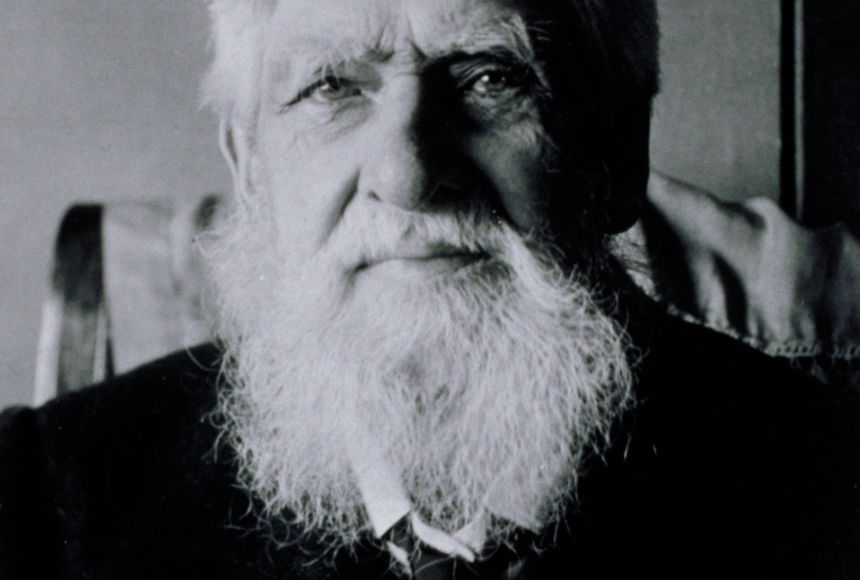ENCYCLOPEDIC ENTRY
ENCYCLOPEDIC ENTRY
Alfred Wallace
Alfred Wallace
When most of us think about natural selection, we attribute that theory to naturalist Charles Darwin. However, what most people do not know is that another scientist, Alfred Wallace, a naturalist, a geographer, and a socialist, also deserves some credit for the theory.
Grades
5 - 8
Subjects
Biology, Earth Science, Geography, Physical Geography
Image
Alfred Wallace
Black and white image of a bearded Alfred Wallace.
Photograph courtesy of Biophoto Associates/Science Source

Media Credits
The audio, illustrations, photos, and videos are credited beneath the media asset, except for promotional images, which generally link to another page that contains the media credit. The Rights Holder for media is the person or group credited.
Director
Author
Production Managers
Program Specialists
other
Last Updated
October 19, 2023
For information on user permissions, please read our Terms of Service. If you have questions about how to cite anything on our website in your project or classroom presentation, please contact your teacher. They will best know the preferred format. When you reach out to them, you will need the page title, URL, and the date you accessed the resource.
Media
If a media asset is downloadable, a download button appears in the corner of the media viewer. If no button appears, you cannot download or save the media.
Text
Text on this page is printable and can be used according to our Terms of Service.
Interactives
Any interactives on this page can only be played while you are visiting our website. You cannot download interactives.